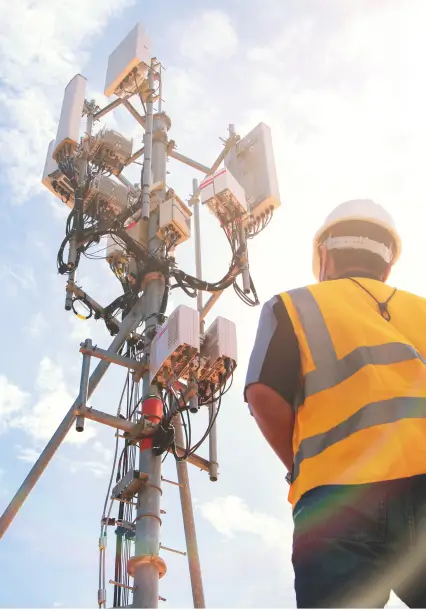Moving beyond RPA to deliver hype automation
March 02, 2021
The market size of hyper-automation is speculated to amount to a whopping $22.84 billion by 2027 at a CAGR of 18.2%. Hyperautomation is, more or less, an advanced form of Robotic Process Automation (RPA). However, when RPA is used to automate manual tasks that are repetitive, rule-driven, and high in volume, Hyperautomation takes things to the very next level. With the help of many new and emerging technologies aimed at taking making automation intelligent, Hyperautomation enables digital robots to execute even more complex tasks compared to RPA. This is primarily due to the AI (artificial intelligence) and ML (machine learning) capabilities of software robots in a system running on hyper-automation!
Hyperautomation is a highly advanced form of RPA for the automation of business processes. It uses Robotic Process Automation (RPA), Biometrics, Chatbots, Intelligent Process Automation (IPA), Intelligent Business Process Management Suites (iBPMS), iPaaS, and decision management systems to enable companies to realize higher ROI, better client retention, and more stable market positioning. Hyperautomation, in a striking contrast to RPA, utilizes its intelligent problem-solving capabilities to devise the most efficient resolution for any problem that it encounters. RPA can, on the other hand, repeat the same process of automation over and over again. With hyper-automation, the possibilities for companies are simply endless.
Software robots or digital workers in a system with hyper-automation capabilities are more interactive and responsive compared to an RPA-based system. These robots can intelligently respond to questions from human workers for effective problem resolution. Note that Natural Language Processing (NLP) is also a part of a hyper-automated system. Therefore, human workers can easily interact with the system and find what they’re looking for. Such a high level of discourse owing to intelligent automation properties can allow human workers to make better decisions. With a system that comes with such a high level of personalization, ease, and convenience, one can imagine the business gains! With hyper-automation, you can:
- Increase the efficiency and quality of your business processes with the help of intelligent software robots
- Have a system that can learn interaction patterns and resolve even the most complex problems
- Expand your automation capabilities and develop new competencies
- Deliver a secure and safe solution to your client for all their queries or concerns
- Deliver services consistently without any breaks or hiccups
- Automate any task as the software robot comes with learning potential in contrast to RPA
Hyperautomation in the Banking Sector
The potential of hyper-automation in the banking sector is huge. And more importantly, many contenders in the industry have realized that there is no survival without it. Due to the recent pandemic and the lockdown, banks had to shift online and this was no easy feat. The lockdown meant a cut on the number of resources available. With this, a new competitive landscape is on the horizon and leaders in the banking sector understand the importance of hyper-automation for a smoother, more reliable, and increasingly competitive banking experience for customers online. They can do this with hyper-automation.
Automation of Manual Tasks
With the help of hyper-automation, banks can shift their entire set of manual tasks on a 24/7 automation schedule. The software robots can not only store all the data but also present them in the form of reports. For this to happen efficiently, a few human resources for the sole purpose of supervision can be greatly helpful.
Better Data Quality
Since digital workers can interact with data intelligently, they can record, store, and share it. This means that banks can document data with more ease and convenience. They can also eliminate the human error associated with data recording. As a result, the data quality will also be higher.
Redeployment of Human Workers
With hyper-automation doing most of the work for banks, the banking leadership can redeploy their human resources to execute other tasks. This can save a lot of time and effort for banks.
In light of the above, it is the need of the hour for companies to hyperautomate their systems. Apart from the banking sector, the application of hyper-automation in other industries is also endless.
Quick Link
You may like
How can we help you?
Are you ready to push boundaries and explore new frontiers of innovation?


